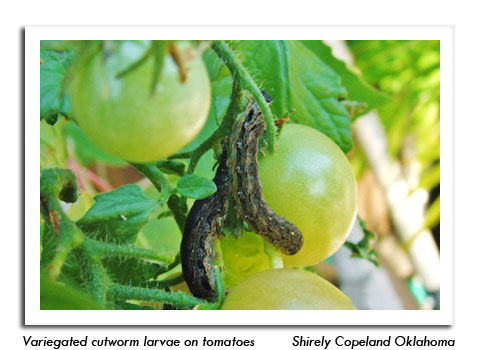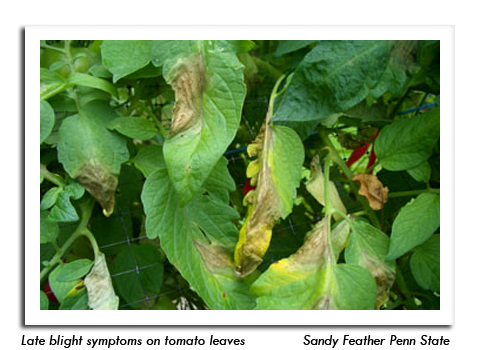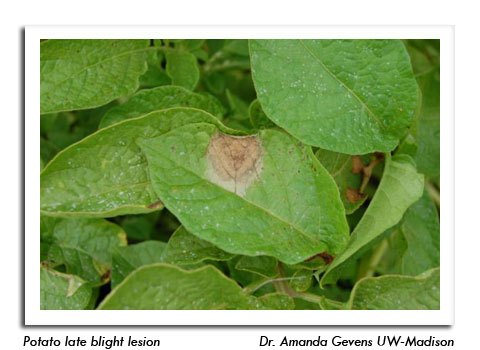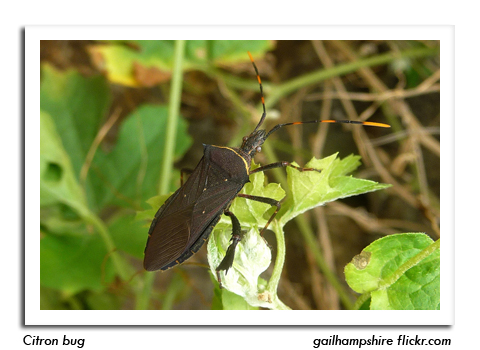
 |
|
|
Vegetables
Volume 57 Number 21 Date 11/08/2012 VARIEGATED CUTWORM - A major influx of migrants arrived in early May and began depositing eggs on the windows, eaves and siding of homes in northern Wisconsin. Alfalfa, corn, potatoes and soybeans began to develop larval infestations during the first week of June. Damage intensified from June 14-21, with reports of "uncountable" numbers of larvae appearing in soybeans near Ripon in Fond du Lac County and several Sauk County fields that had been "chewed down to the stems". Areas of highest concentration were in the east-central and central districts, including Fond du Lac, Green Lake and Marquette counties. Economic infestations were also noted in Adams, Barron, Clark, Columbia, Dane, Dodge, Grant, Manitowoc, Marathon, Rusk, Sauk, Waupaca, Waushara and Winnebago counties. Chemical treatment and pupation resolved much of the problem by early July. LATE BLIGHT - Potato fields infected with late blight were confirmed in Adams, Barron, Marathon, Oneida, Portage and Waushara counties this season. The earliest infections originated by July 31 from aerially dispersed spores and a large portion of the state remained at risk for the disease throughout August. Tomatoes infected with late blight were reported from the counties listed above, as well as Eau Claire, Rusk, Sauk and Sheboygan. Monitoring and treatment of susceptible tomato and potato crops continued through final harvest in September. CITRON BUG - A new state record was established in Wood County on July 17 when a single adult specimen was collected from squash in a Wisconsin Rapids home garden. This leaf-footed bug is a pest of citrus fruits in Florida that causes premature color break and fruit drop. Its feeding damage also provides access for various fungal diseases and insects. The recent detection is not expected to have economic implications for Wisconsin growers since winter survival is unlikely and its preferred host is citrus. -- Krista Hamilton, DATCP Entomologist 




|
|
|